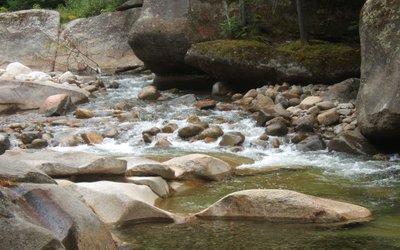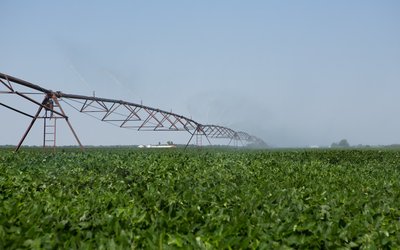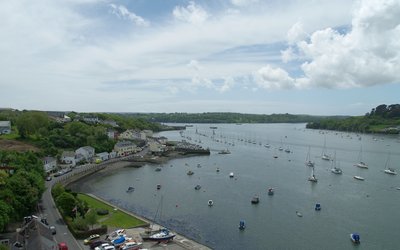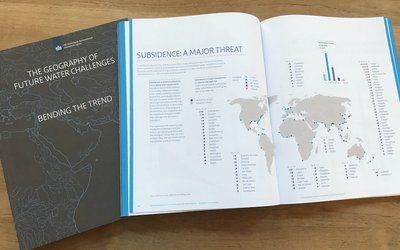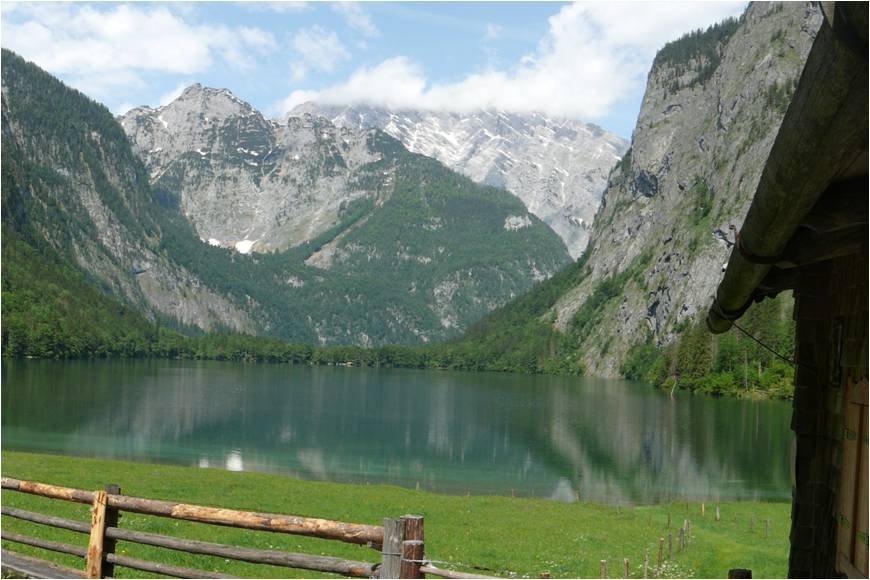
The impact of projected climate change on the hydrological cycle in the Upper Soča River basin has been estimated based on one global climate model and the IPCC A1B emission scenario, downscaled for local use, and a hydrological model for river flow. The Upper Soča River basin is one of the wettest parts of Europe (total annual precipitation: 1,200 - 3,500 mm).
The simulated impact was quantified by comparing results of the hydrological modelling for the control period (1971–2000) and different scenario periods (2011–2040, 2041–2070, 2071–2100).
The climate projections show warmer and wetter winters, and hotter and drier summers in the 21st century. The projected rise in temperature is reflected in the increased actual evapotranspiration, the reduction of snow amount and summer groundwater recharge.
Changes of monthly and period average discharges follow the trends of the meteorological variables. Estimated extreme flows indicated increased hazards related to floods, especially in the near-future, while at the end of the 21st century distinctive drought conditions are projected. Discharge is projected to increases during winter and decrease during summer months. The duration of low-flow situations becomes longer and shifts towards late autumn.
Source: Janža (2011). Natural Hazards. Published online 4 August 2011.
Photo: W. ten Brinke

